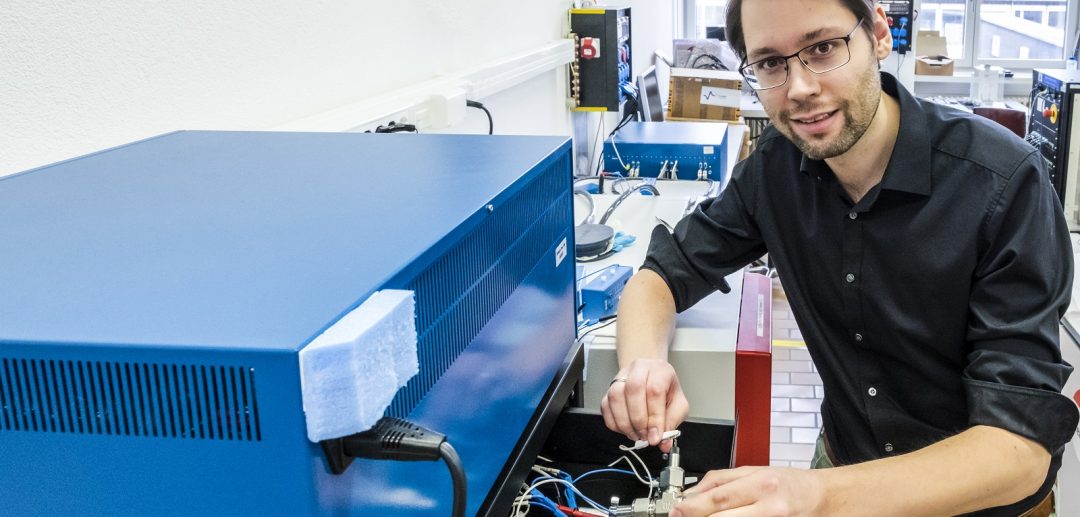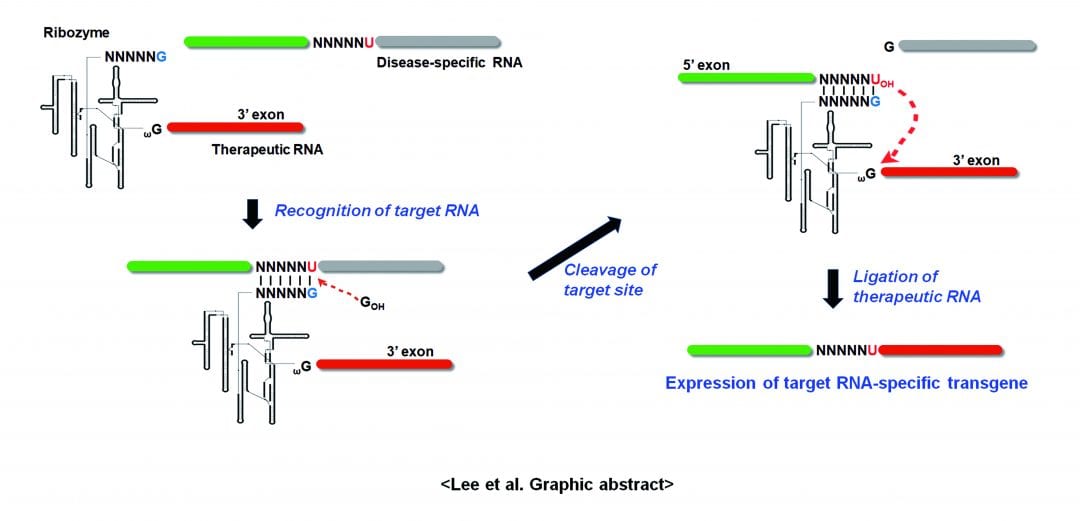Preventing disease by targeting new approaches for mosquito control


Preventing disease by targeting new approaches for mosquito control

Merck launches joint project together with partners in industry and science to conduct basic research on quantum materials as light sources.

One of the most promising next-generation photovoltaic technologies is the Organo–lead halide perovskite solar cells. These solar cells have reached very high power conversion efficiencies (PCE) of more than 22% and in addition, their semiconducting perovskite layer...
![Thermoelectric Material for Carbon Dioxide Hydrogenation [Video]](https://www.advancedsciencenews.com/wp-content/uploads/2018/02/aenm201701430_ASN_image.png)
Researchers from Cranfield University and Queen Mary University of London report the use of a thermoelectric material as a catalyst support and promotor for carbon dioxide hydrogenation. Using a specially designed reactor chamber, they achieve simultaneous thermoelectric energy harvesting and catalysis.

A team of Chinese researchers developed a cost-effective and fully automated blood counting system that can be used by trained and untrained users.

14 companies and organizations have combined forces in TACNET 4.0 – Tactile Internet, a project to create a standard system for real time industrial communications.

Inexpensive and stable: Water could form the basis for future particularly inexpensive rechargeable batteries.

A novel technology to display information on transparent screens offers new opportunities in next-generation electronics, such as augmented reality devices, smart surgical glasses, and smart windows.

Group I intron-based trans-splicing ribozyme specifically recognizes disease-specific RNA, removes the sequence downstream of the target site, and replaces it with a 3’-exon encoding a therapeutic/reporter RNA sequence, inducing therapeutic/reporter activity selectively in the target RNA-expressing cells.

A biosensor based on SERS to detect lung cancer volatile organic compound (VOC) from exhaled breath.